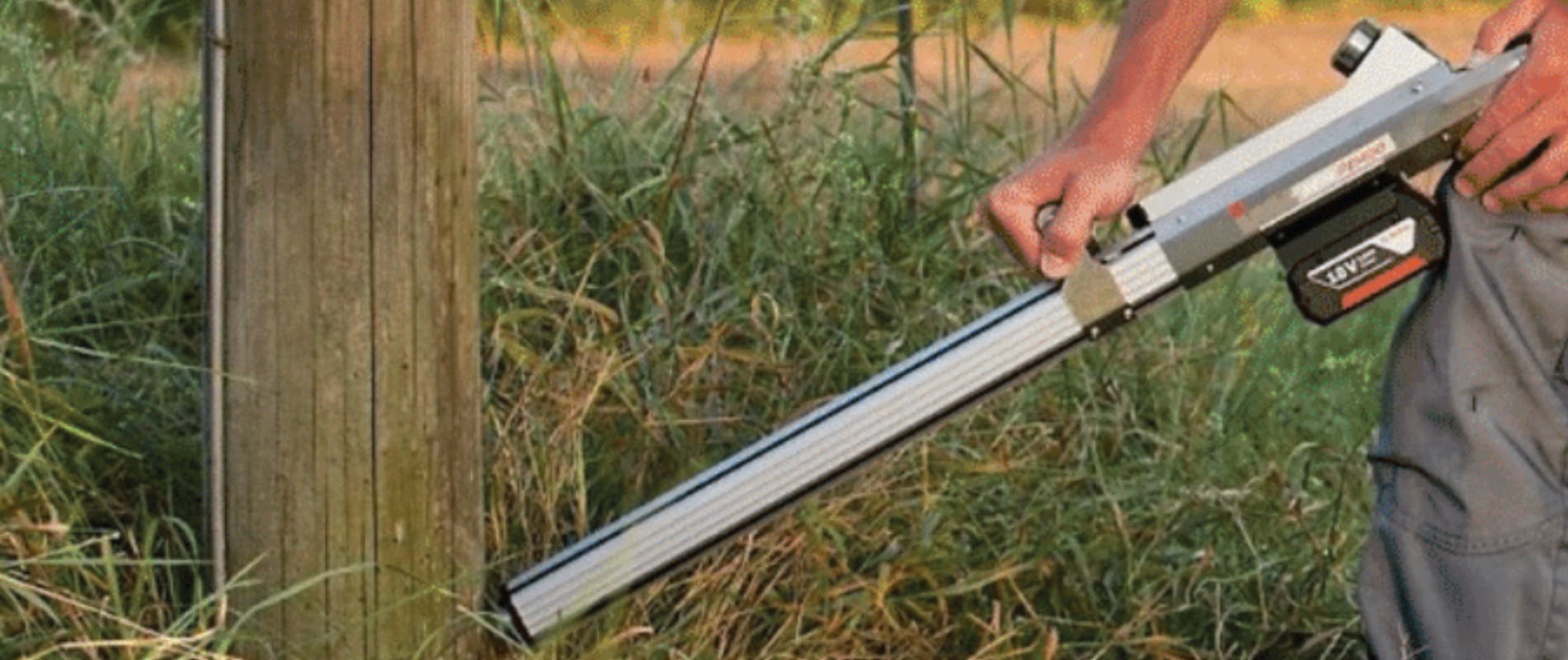In this article:
- Discover what Nondestructive Inspections (NDI) is.
- Uncover the innovative Nondestructive Inspection (NDI) techniques used for wooden poles.
- Explore Clearsight’s efficient and non-invasive wood pole inspection methodology.
- Learn about the advantages of NDI, including reduced excavation needs and actionable reports.
What is a Nondestructive Inspection (NDI)?
Nondestructive Inspection (NDI), as the name suggests, are test methods that assess the strength and structural integrity of wood utility poles without causing significant damage. Several types of NDI tools acquire objective data related to the wood’s strength at or below the ground-line. NDI reduces the need to excavate and expose the wood to potentially invasive decay caused by insect infestation or fungal growth. By utilizing advanced NDI technologies, an accurate assessment of a pole’s health can be achieved. With this knowledge and added insights, proactive pole maintenance measures such as preventive treatments can be performed to help extend a utility pole’s service life.
Understanding Non-Destructive Inspections
At the most basic level, NDI methods analyze the structural integrity and condition of utility poles without being too intrusive. This means that electric cooperatives and utilities can gain greater confidence and valuable insight into the state of their infrastructure without jeopardizing functionality and having to prematurely replace and purchase additional assets unnecessarily.
Traditional sound and bore inspections can be subjective and do not yield objective data that can be monitored and trended to evaluate asset health. Non-Destructive inspection helps eliminate these pain points, offering a host of tangible benefits.
The Benefits of NDI in Electric Wood Pole Inspections
- Safety Improvement: NDI offers detailed, in-depth data about the condition of wooden utility poles, before a failure occurs.
- Cost Efficiency: Identifying issues early permits identification of degradation and need for targeted maintenance to be completed, preventing lost power distribution, upset customers, and costly emergency repairs or replacements later down the line.
- Maximized Productivity: NDI facilitates pole inspection without having to perform a partial excavation, thus minimizing full excavations – saving money and increasing field productivity.
- Data-Driven Decisions: Nondestructive inspection offers quantifiable, accurate data that can drive strategic decisions about maintenance, replacement, and help evaluate its remaining life cycle.

Clearsight’s Nondestructive Inspection (NDI) of Wood Poles
With a mission to revolutionize the electric industry’s inspection methods, Clearsight combines sophisticated technologies with deep industry knowledge. Our advanced digital inspection solutions are especially helpful in nondestructively examining the structural integrity of electric utility and communication poles.
Related: Emerging Tech, Best Practices in Wood Pole Inspections for Electric Cooperatives
Clearsight utilizes specially modified micro resistance drill instruments to perform NDI wood pole testing. Our solution measures the encountered electrical motor resistance during drilling of the wood using a very small needle bit drill, the amount of resistance experienced by the drill’s rotational and feed motors is used to create a detailed profile representing the internal condition of the pole’s wood including growth ring structure.
Our wood pole inspection technique measures the remaining shell thickness and detects internal voids, and presence of shell or heart rot, aiding in the detection of decay or other types of damage that might otherwise not be detected or visible from the exterior. Accurately assessing the utility pole’s condition helps assure the appropriate mitigating actions are taken to protect the asset and save it from imminent failure.
The Bottom Line
When you choose to use nondestructive inspections to evaluate your wooden utility poles, you’re paving the way to a more data-driven decision-making process; a process that improves safety, efficiency, and aids your company’s long-term planning and asset purchasing needs.
By integrating Clearsight’s NDI solution into your utility pole maintenance protocols, you will have chosen to invest in safeguarding your infrastructure and providing a more resilient and robustly reliable electric grid network for your family, friends, neighbors, and community.
Related Content

Revolutionizing Confined Space Inspections: Exploring Innovation with Chris Place is Now Live!
Discover innovative confined space inspection strategies with Chris Place. Enhance safety, efficiency, and accuracy in your facilities. Now live, watch here!

Hurricanes and Utilities: Strengthening Power Grid Resilience Against Hurricanes
Explore how advanced digital solutions, like drones and LiDAR by Clearsight, enhance electric grid resilience against the devastating impacts of hurricanes.

